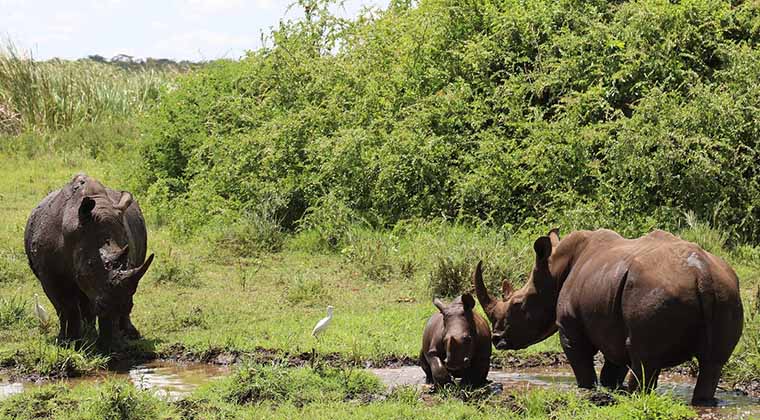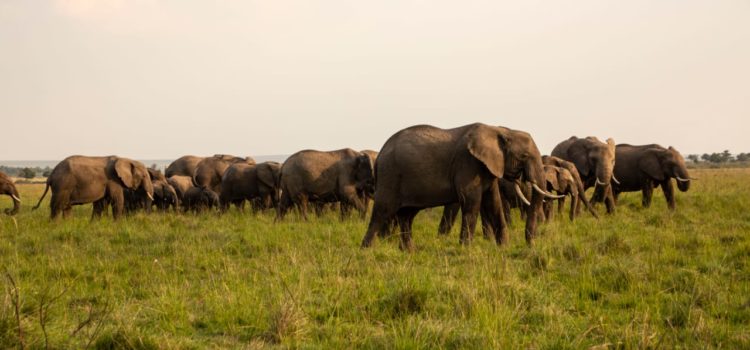Kenya records an increase in Elephant and Rhino Population in 2021
Between the months of May and July 2021, The Ministry of Tourism and Wildlife through the Kenya Wildlife Service embarked on a wildlife census. Under the “Count to Conserve” banner, the exercise resulted in a wildlife census report which was released on 31st August 2021.
The great news is that the national Elephant population has increased from 32,214 elephants in 2014 to the current population of 36,169 in 2021. This represents a 12% population increase over seven years, which is testament to the productive anti-poaching efforts by government and conservation partners.
Even more encouraging from the report was the fact that the country’s total Rhino population has increased from 1,258 rhinos at the end of 2017 to 1,739 rhinos by mid-2021.
Specifically, Southern white rhinos increased from 510 to 840, and Eastern black rhinos (the only black rhino subspecies found in Kenya) increased from 745 to 897. However, the number of the world’s only remaining Northern white rhinos that live in Kenya, has decreased from THREE to TWO, following the death of Sudan in 2018. This has left only Najin and Fatu who can be visited during one of our safaris to the Ol Pejeta wildlife conservancy.

The increase in Rhino numbers is an important achievement, especially when rhinos remain under huge threat from poaching and habitat loss due to encroachment of their space by humans.
It was also reported that for the first time in 22 years, there was no Rhino which was recorded to have died in Kenya due to poaching. This was the first time since 1999, an incredible and significant milestone, considering that it was at a period when African wildlife had come under more threat because of the Covid 19 pandemic which caused the disappearance of virtually all income from tourism.
We applaud the government through the Kenya Wildlife Service and other Rhino conservators like the Ol Pejeta Conservancy and all wildlife rangers for their concerted efforts to safeguard Rhinos during that tough period, highly contributing to the recent increase in population.

